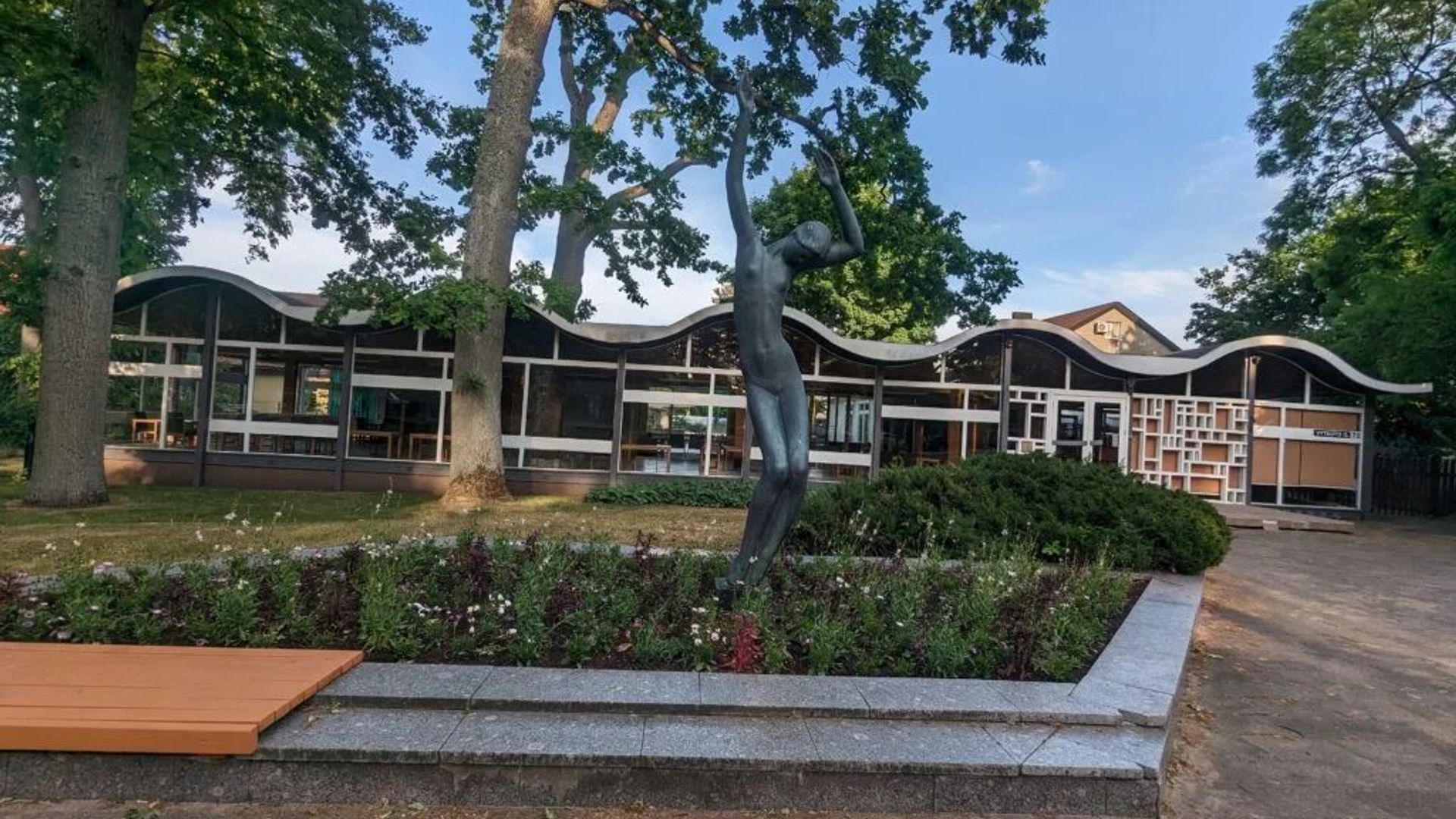
In 1941, a pioneer camp was established in Palanga. Children were housed in buildings intended for recreation. A significant number of the children in the camp were Jewish. The boys lived in a two-story house, while the girls were accommodated separately. The children were supervised by caregivers (teachers) and leaders (older students and members of the Komsomol). They played, went to the seaside, swam, and collected pieces of amber.
However, the camp's activities lasted only two weeks. On June 22, 1941—the first day of the war between Germany and the Soviet Union—the Palanga pioneer camp was affected. Groups of children were led out of the city toward Latvia. Their fates varied: some were blocked by Wehrmacht units and returned to Palanga, while others were evacuated deeper into the Soviet Union. The Jewish children who were brought back to Palanga were confined in one of the city’s synagogues, along with Jewish women and other Jewish children from Palanga.
On Vytautas Street stands the sculpture "Girl" by sculptor V. A. Vertulienė (architect V. Daninskis). The sculpture commemorates the Palanga pioneer camp and the children who suffered during the first days of World War II. During the Soviet era, the artwork was referred to as "Pioneer Girl."

